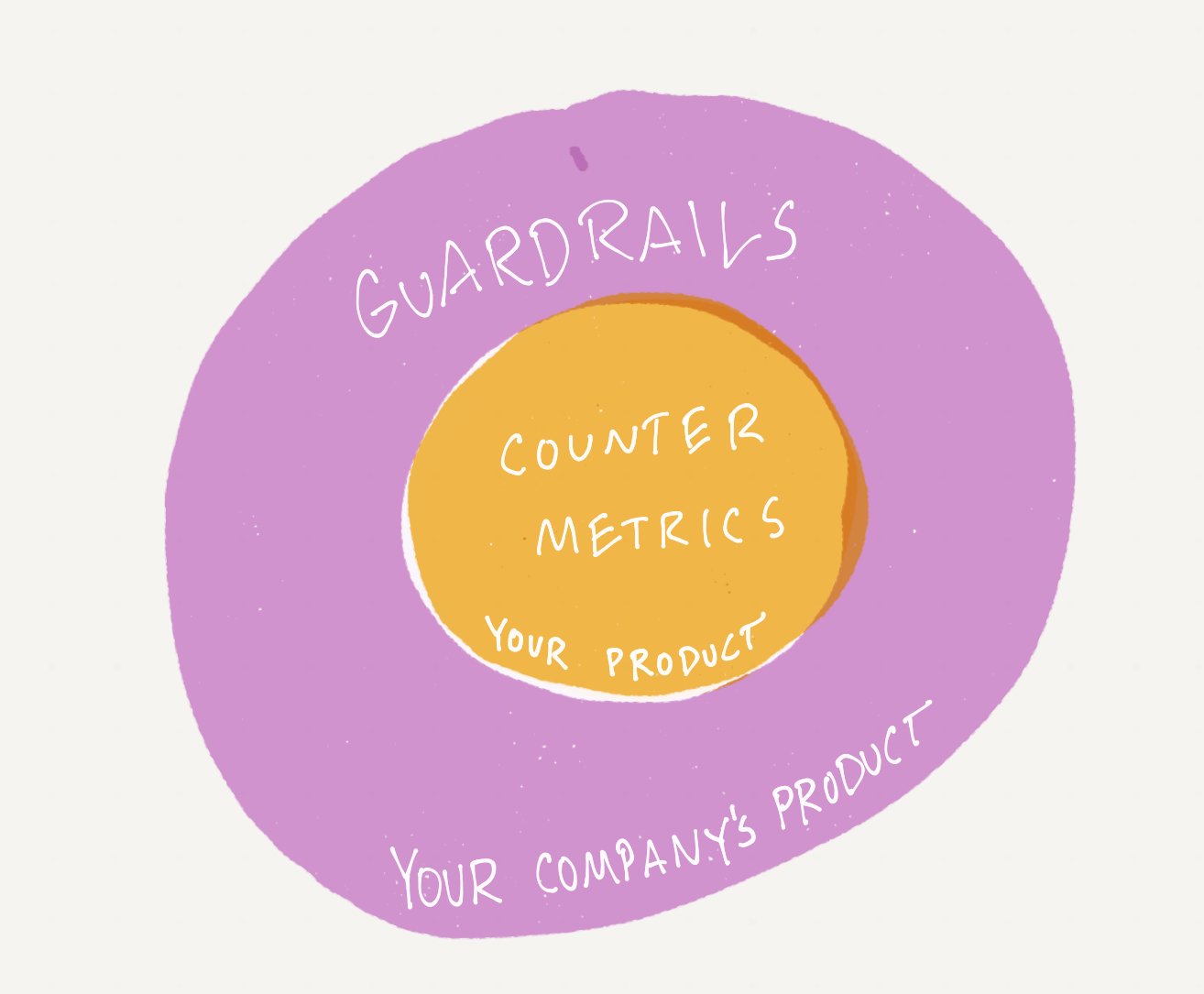
Meta’s New Interview Question
Imagine you get an analytical interview question like this:
Should meta build a new product that helps local businesses advertise even though we already have a full tech stack for ads?
This is very different than what you usually see during an Analytical interview. What would you do?

Don’t pick the easy pain point - Product Design Interview Tips
When it comes to product design interviews, one of the most common challenges candidates face is coming up with multiple interesting solutions. Often, they can identify one or two solutions, but hitting that third or fourth creative idea can feel like a real struggle.

Product Sense Help: My pain points aren’t unique!
Worried that your pain points are overly broad? Here’s a new take on an old problem.

Nail behavioral interviews by setting the stakes—early.
We talk about setting the stakes a lot around here. When it comes to answering behavioral interview questions, nothing proves that you’re an impressive PM than communicating that you have handled super important projects with massive payouts or incalculable downsides.

Product case interview tip: Don’t write a book report
Putting relevant content in irrelevant places is a waste of effort and can turn your well thought out answer into a book report.


Meta Interviews Unpacked: How Meta thinks about metrics
To succeed at Meta, particularly in this interview, you need to understand and embrace Meta’s philosophy of measurement. In this post, I’ll unpack that philosophy and show how to apply it to the success measurement question—helping you align with their approach and ace the interview.

Product Sense Family Feud: Identify Great Pain Points With This Trick
If you’re in the middle of Product Sense interview prep, few things are more important than identifying solid pain points. To excel, you need to focus on the issues that matter most to the customer group you’ve chosen. Instead of simply evaluating which pain points have the most “impact” or “reach,” imagine yourself playing a round of Family Feud, where the category is the pain points of your selected customer group.

Interview Question Pro Tips: Tell me about your biggest failure
The dreaded “biggest failure” question is a staple of interviews, especially in product management. It’s tempting to approach it with a safe, generic story about a minor mistake or an early-career misstep. But if you do, you’ll miss a golden opportunity to showcase your growth, responsibility, and product sense.

To MECE or Not to MECE: Why Motivation Matters in Customer Segmentation
Should your customer segments be MECE?

Interviewing at DoorDash and Uber: Be Paranoid.
If you’re preparing for interviews at companies like DoorDash, Uber, or AirBnB, there’s a common thread running through their questions: paranoia. These companies thrive in high-stakes environments where minor benefits often pale in comparison to the catastrophic risks they must avoid. As a candidate, your ability to think like a product manager at these companies—focusing on identifying and mitigating worst-case scenarios—will set you apart.

When should I use people as a metric in a Success Measurement case?
When I work with candidates on success measurement interview cases, I often encounter two types of metrics: action-based metrics, like the total number of content views per day, and people-based metrics, like the total number of unique viewers per day. Both sound similar, but these two approaches provide vastly different insights into product health and engagement.
Take the case of Laura, a candidate preparing for a product management role at a well-known tech company. Laura’s task was to evaluate the success of a video-sharing platform, and she instinctively proposed measuring success by tracking unique viewers per day. “It’s logical,” she reasoned. “We want more people viewing our content, so more unique viewers means we’re growing!”

Can I choose more than one pain point during a product design case?
When tackling a product design interview, one of the key questions that often comes up is: Should I focus on multiple pain points, or just one?
The traditional advice is to pick one pain point and focus on solving it thoroughly. But this isn’t always the most intuitive approach, especially when you’re faced with a new platform or product, and there are a variety of issues that seem to need attention. Let’s break this down.

Do I need to ask clarification questions?
Interview responses are full of common tropes. You've probably seen them in interview preparation videos all the time. Today, we're going to talk about one of the most prominent of these, the clarification questions. These typically are added at the very beginning of case interview questions, taking up a lot of attention right from the start.
But are these questions useful? Do they improve your chances of getting an offer? And are you asking the right questions?

What’s the difference between a Guardrail and a Countermetric?
Let’s face it — there’s no universally agreed-upon definition for guardrails versus countermetrics.

Define customer segments with Archetypes
Clear, functional customer segments form the foundation of a good product sense or product design interview.

Reduce Case Interview rambling with Triple Anchors
Public speaking is hard, especially when you have little prepared in advance. Take a case interview, for instance. With so much to cover, there’s plenty of room to ramble and confuse both yourself and your interviewer.

How to reliably define a product goal for a design case
Goal definition remains a challenge for a lot of candidates. In this discussion, we’ll talk about what makes a good goal, how to put one together, and how to weave it into the rest of your interview.
